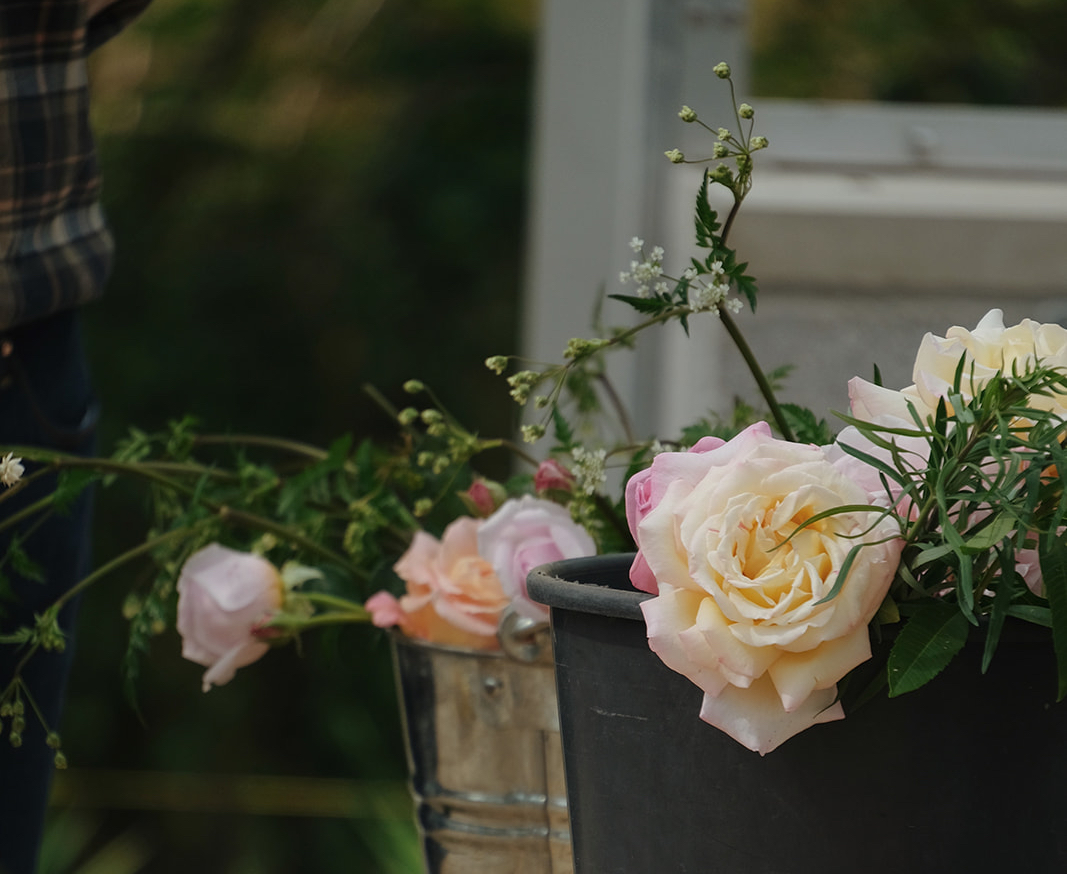In those early days of establishing the farm, we built hedgebanks. Two of them: one running beside the orchards, the other skirting the vegetable garden. On the surface, they provide shelter from the wind and a place for the sheep to lean into on colder days. But their real value lies deeper, in the habitats they create. The banks became nesting and feeding grounds for all sorts of wildlife. Wildlife corridors in miniature, in fact, they came to connect habitats and sustain the diversity that regenerative farming depends on.
One spring, we noticed something: as the first warmth reached the banks, pollinators began to stir. Hibernating in the dry, protected crevices of the hedgebanks, these tiny workers emerged just in time to find kale flowers bolting into bright yellow bloom, followed by carpets of dandelion beneath the cider trees, and then the steady rise of Nepeta and comfrey

Flowers each bring their own individual magic. Creeping buttercup, with its open face, offers nectar to over 240 species of insect. Tomato flowers, on the other hand, are shyer, pollinated only by the vibrations of bumble and carpenter bees. Whorls, umbels, spires: each bloom speaks its own language, attracting a different profile of pollinator, each wildly important to the larger picture of seed, fruit and future. They’re equally important to the bigger picture of our experience too: we press them together in the Greenhouse, gather them in bunches for our suites and to sit in the centre of our long dining table in the Refectory. They’re an element of your stay which is both use and ornament.

In a world often in a rush to tidy nature and make it what we think it must be, we’ve chosen to listen. It’s a beautiful melody…







